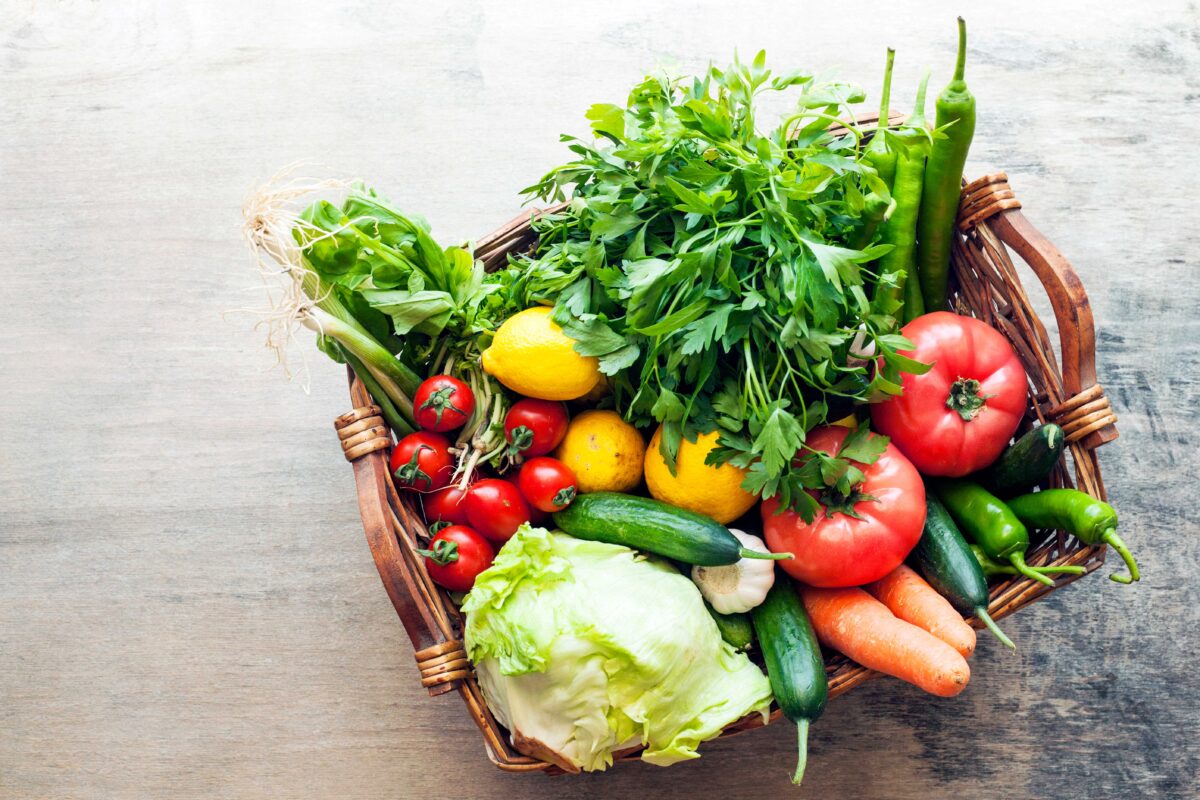Matís' vegetable book is now available to everyone on Matís' website. This web book provides accessible information about vegetables, from harvest to the time the vegetables reach the consumer's table. The importance of domestic vegetable production for food security, the healthiness of vegetables, proper storage conditions, packaging of vegetables and how to reduce waste of vegetables are discussed. Emphasis is placed on short, concise text, and additional information can be retrieved by clicking on links in the text.
The project was funded by Þróunrfé garðyrkju, which is managed by the Ministry of Food. The goals of the project were to increase knowledge about the best treatment of vegetables and thus increase the quality of vegetables on the market and promote less waste. It is also hoped that consumer interest in Icelandic vegetables and their healthiness will increase.
At Matís, many projects on vegetables have been carried out. Particular attention has been drawn to results on vegetable by-products, packaging of vegetables and the health effects of packaging materials. You can now access the results of the projects through the vegetable book. There is reason to point out that it is possible to obtain information on the best storage conditions for the various types of vegetables, but there has been a lack of such information. Finally, it can be pointed out that the new Nordic nutritional recommendations emphasize the consumption of vegetables.




